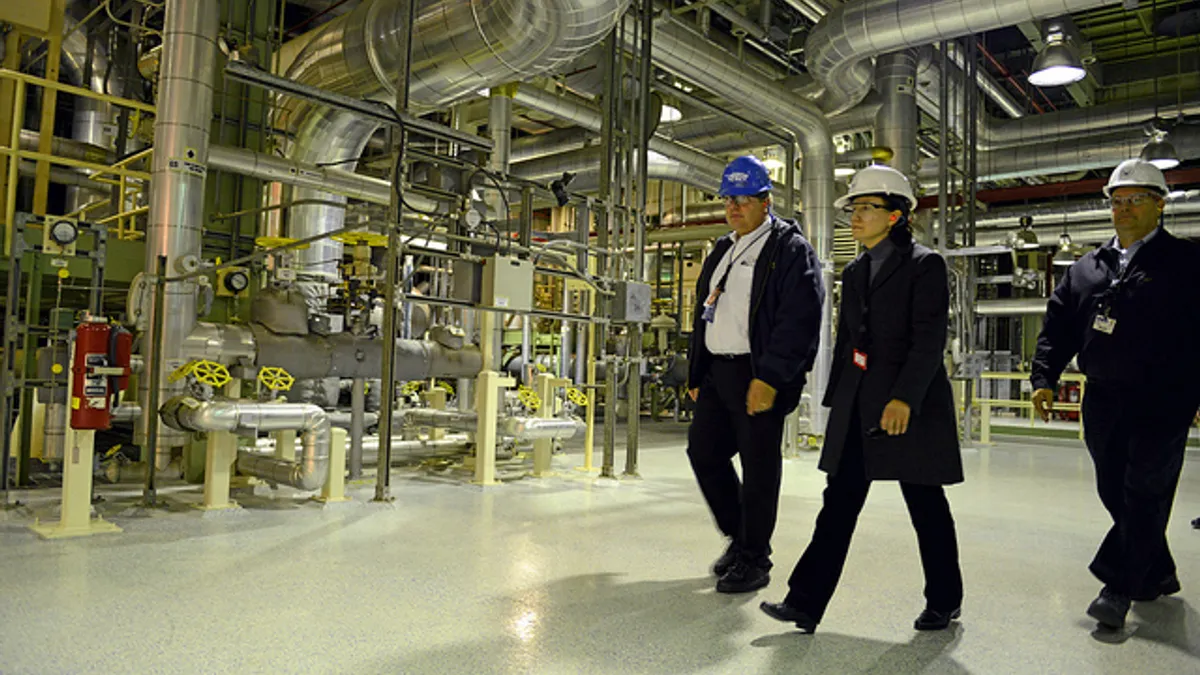Dive Brief:
- Florida Power & Light last week revealed an innovative storage project, adding batteries to an existing solar plant to boost output by more than 500,000 kWh annually.
- The FPL Citrus Solar Energy Center was completed in 2016, but now sports a new 4 MW/16 MWh storage system that will allow the plant to continue sending out electricity after the sun goes down.
- FPL has been working to expand its clean energy resources and has added more than 520 MW in the last two years; another 300 MW are slated to enter service by March 1.
Dive Insight:
Despite hailing from the Sunshine State, FPL has not typically been seen as a leader in renewable power. But the utility is pressing to change that, and from 2016 to 2023 expects to install a total of more than 10 million solar panels. And the utility's eight newest solar plants combined are projected to generate customer savings in excess of $100 million.
But adding storage to an existing solar generation plant is new, particularly because the battery charging all happens on the DC side, before the inverter, which allows for more efficiency of energy that otherwise would be lost.
"This technology has the potential to harness millions of kilowatt-hours of solar energy a year that would normally be lost and improve the predictability of solar energy," FPL said in a statement. "Increased predictability enables FPL to more efficiently dispatch other power plants."
The utility is not releasing details on the cost of the project.
Citrus is one of three solar plants FPL operating in DeSoto County. The other two are the 25-megawatt DeSoto Next Generation Clean Energy Center, constructed in 2009; and the 74.5-megawatt Wildflower Solar Energy Center, which entered service this year.
FPL's parent company, NextEra Energy operates approximately 130 MW of batteries with more than 100 MWh of storage capacity.















